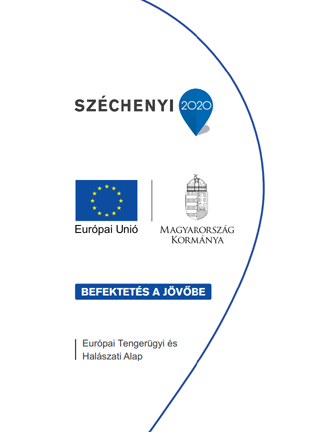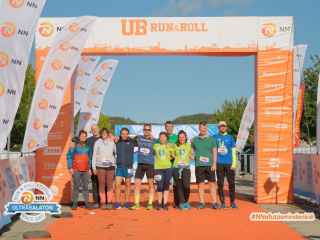
The life cycle of three Myxobolus spp. and two Thelohanellus spp. (Myxozoa) from fishes of lake Balaton and Kis Balaton reservoir
Hafiz Borkhanuddin1,2, Gábor Cech1, Kálmán Molnár1, Csaba Székely1
1MTA Centre for Agricultural Research, Institute for Veterinary Medical Research, Budapest
2Institute of Tropical Aquaculture, Universiti Malaysia Terengganu, Malaysia
Abstract
Myxosporean parasites have dual developmental cycles. Their actinospore stages develop in oligochaetes, but the myxospores in fishes. After morphological analysis we have examined 18S rDNA sequences of actinospores isolated from oligochaetes of Lake Balaton and Kis-Balaton Reservoir and compared them with sequences of known myxospore stages.In between 2010 to 2012, we studied the natural infection of the oligochaetes, Branchiura sowerbyi Beddard, 1892, Isochaetides michaelseni Lastockin, 1936 and Nais sp. Müller, 1774. Eleven actinosporean stages (4 triactinomyxon-type, 5 aurantiactinomyxon-type, 1 echinactinomyxon-type and 1 raabeia-type) were found.
Previous studies (Molnar et al., 2009) revealed the occurrence, and followed the intrapiscine infection of Myxobolus erythrophthalmi Molnár, Eszterbauer, Marton, Cech, & Székely, 2009 from Scardinius erytrophthalmus Linnaeus, 1758 and Myxbobolus shaharomae Molnár, Eszterbauer, Marton, Cech & Székely, 2009 from Alburnus alburnus Linnaeus, 1758 in the renal interstitium, liver, testes and lamina propria of the intestinal fold of the fishes. In 2010 occurrences of three new Myxobolus species were reported from Rutilus rutilus Linnaeus, 1758 of Hungarian lakes and rivers (Molnar et al., 2010). Of these species Myxobolus fundamentalis Molnár, Eszterbauer, Marton & Székely, 2010 were collected from the connective tissue in the gill arch of the R. rutilus.
Our molecular data showed that three actinospores (Triactinomyxon-type 1, 2, 3) had 100% similarity to the M. erythrophthalmi, M. shaharomae and M. fundamentalis myxospores. In addition, partial sequence of Aurantiactinomyxon-type 1 isolated from a Nais sp., corresponded to the Thelohanellus nikolskii Akhmerov, 1955 showing 99.8% similarity. Another complete sequence analysis of Aurantiactinomyxon-type 2 collected from B. sowerbyi showed 99.4% match with Thelohanellus kitauei Egusa & Nakajima, 1981, though the myxospores of T. kitauei has not been recorded in Hungary hitherto.
Acknowledgements: OTKA K 100132 and Malaysian Governmental Scholarship.
Programajánló
Hírek
Tisztelt Látogatók!
A hazai agrár-felsőoktatás szükséges megújulásának mérföldköve az alapítványi fenntartású Magyar Agrár- és Élettudományi Egyetem (MATE) létrejötte, amely 2021. február 1-től 5 campuson, több mint 13 ezer hallgató számára fogja össze a dunántúli és közép-magyarországi élettudományi és kapcsolódó képzéseket. Az intézményhez csatlakozik a Nemzeti Agrárkutatási és Innovációs Központ (NAIK) 11 kutatóintézete is, így az új intézmény nem csupán egy oktatási intézmény lesz, hanem az ágazat szellemi, szakpolitikai és innovációs központjává válik, amely nagyobb mozgásteret biztosít a képzések, a gazdálkodás és szervezet modernizálásához, fejlesztéséhez. Az összeolvadással magasabb fokozatra kapcsolunk, a kutatói és egyetemi szféra szorosabban fonódik majd össze, aminek következtében még több érdekes, izgalmas kutatás-fejlesztés születhet majd az agrárium területén.
Kérjük, kövesse tevékenységünket a jövőben is a www.uni-mate.hu honlapon!
A szokásostól eltérően az idei évben ősszel, október 03-04 között került megrendezésre az Ultrabalaton csapatversenye. NAIK-os csapat az idei évben állt először rajthoz a 14. alkalommal kiírt versenyen.


